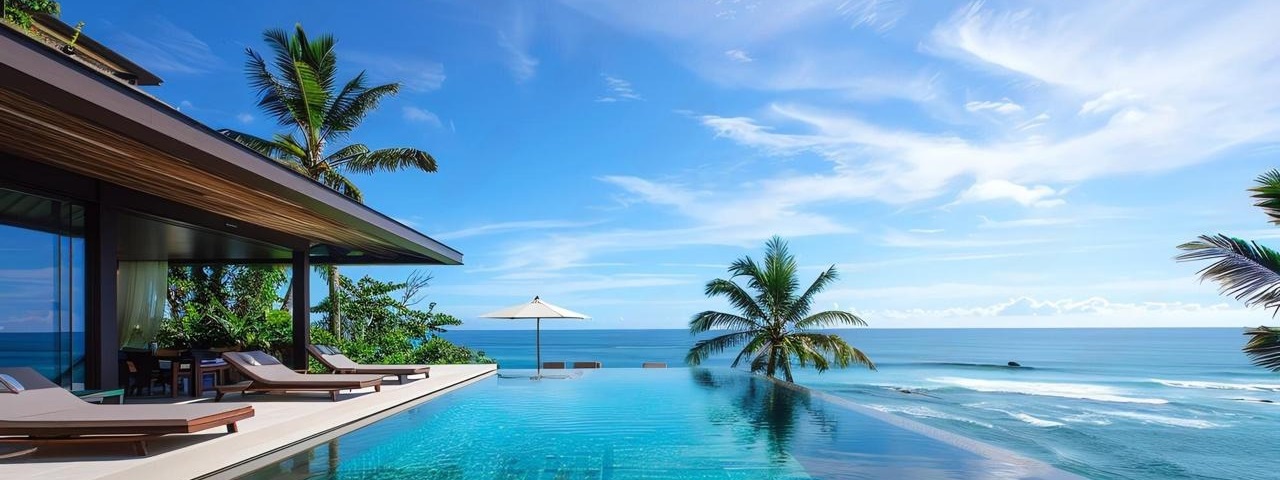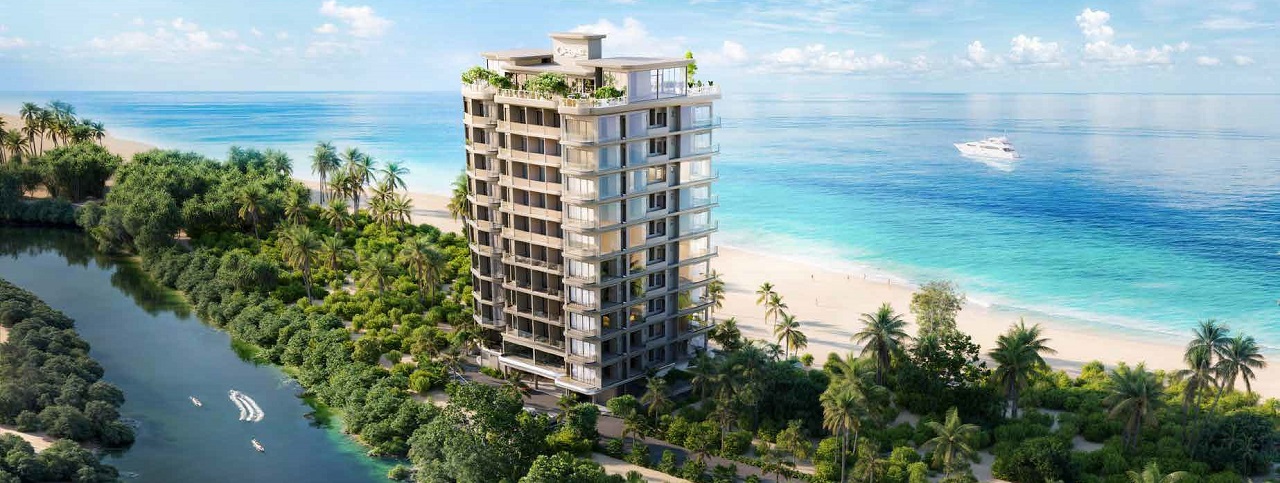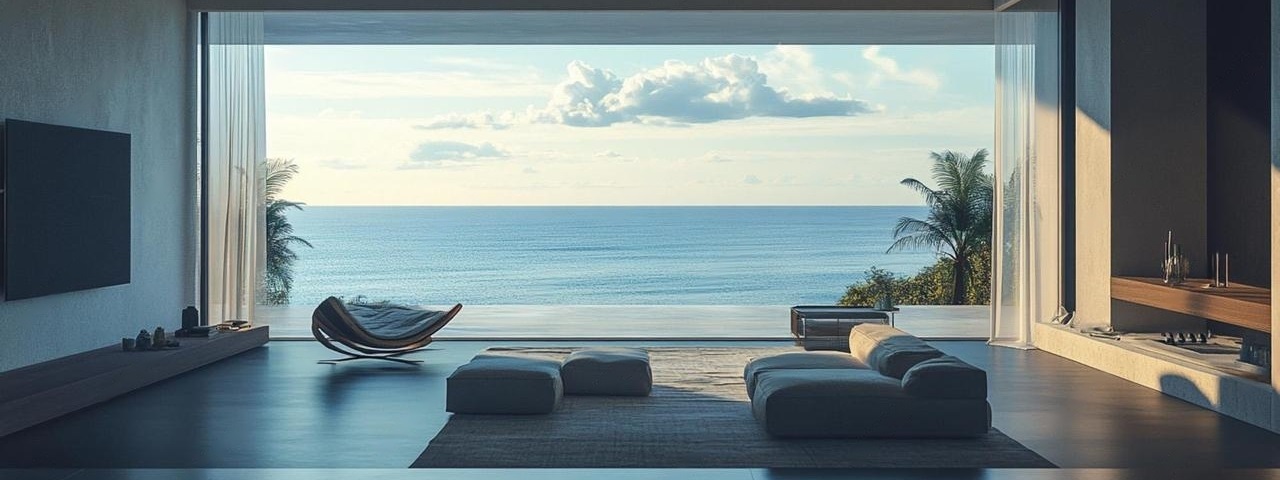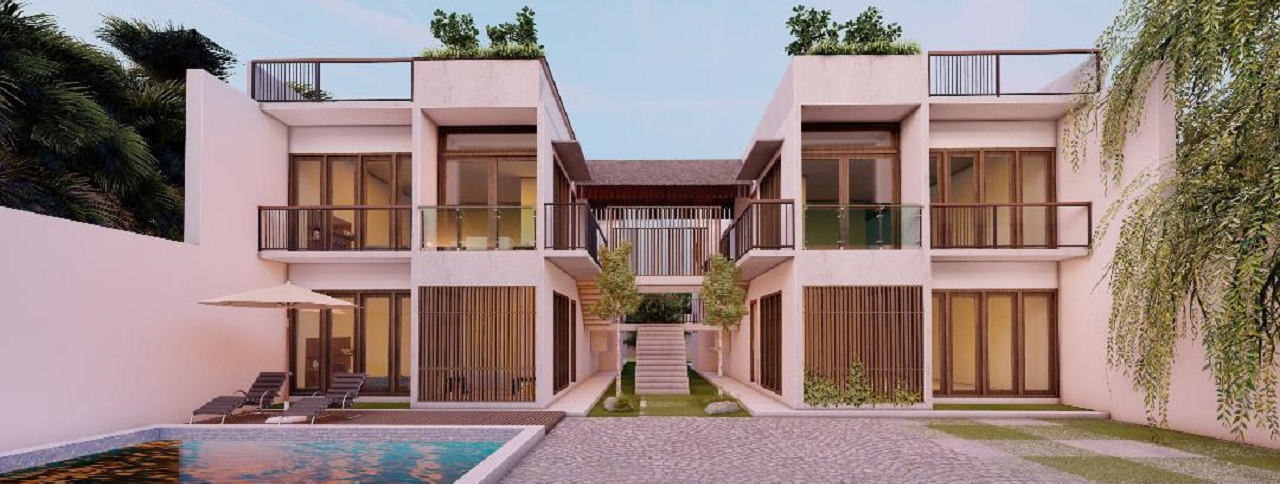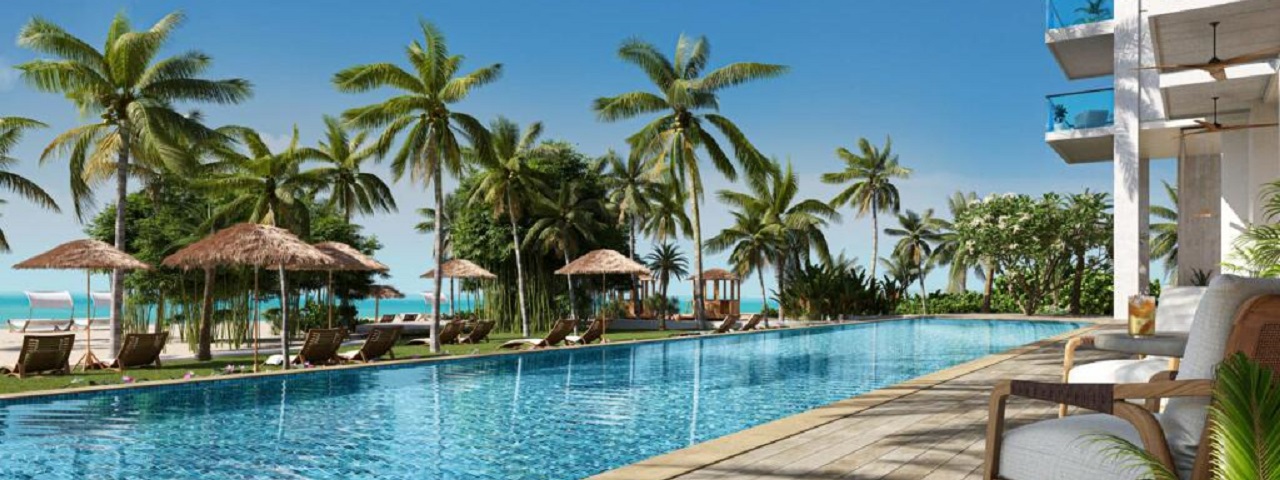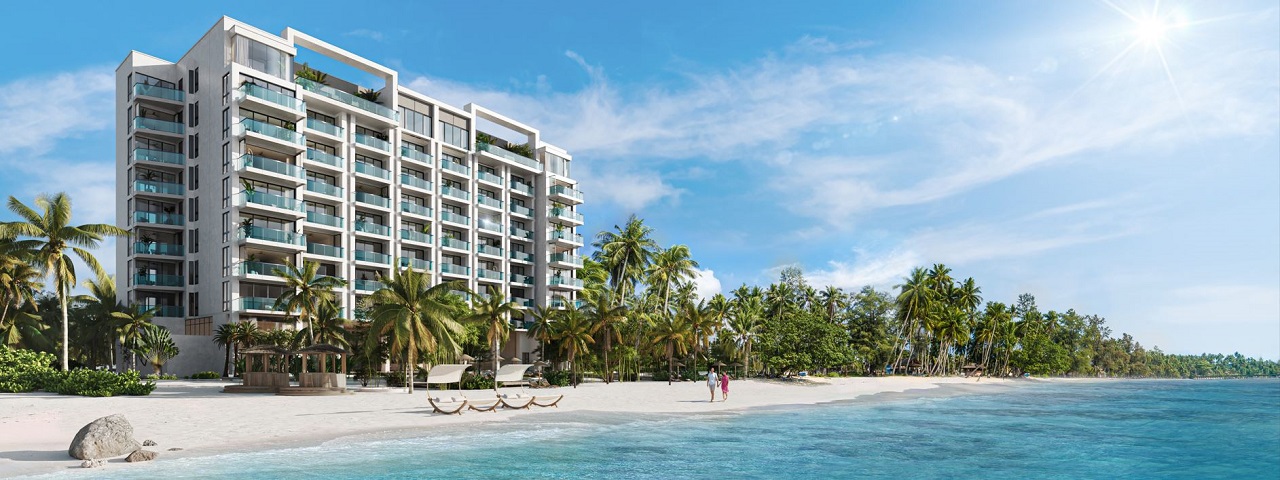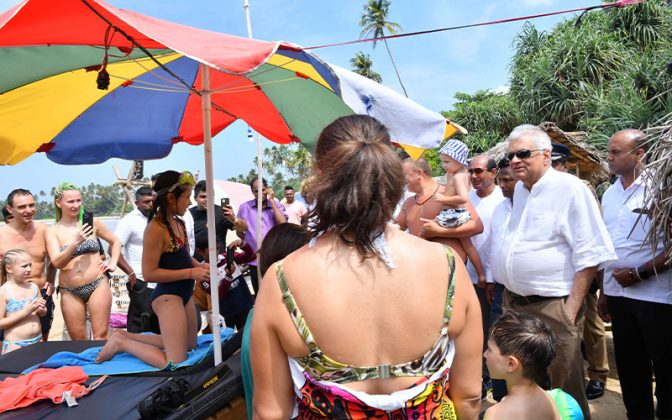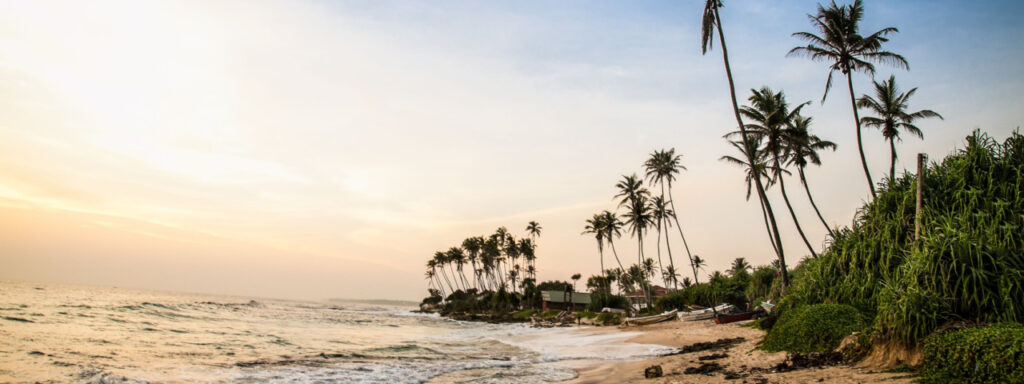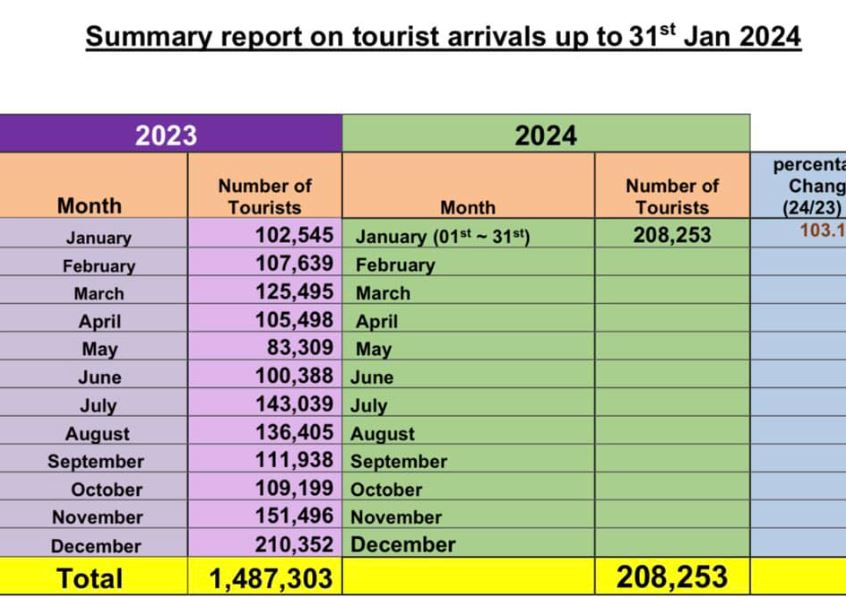The Sri Lankan economy expanded 1.6 percent in the third quarter of 2023 compared to a year earlier, marking the first growth in a year and a half.
Inflation has moderated notably, and other economic indicators for manufacturing and services point to a broadening recovery.
Sri Lanka’s key inflation rate fell to 5.9% in February from 6.4% in January, the statistics department said on Thursday.
Economic growth is forecasted to accelerate over the coming year.
Source article https://www.eurasiareview.com/02032024-sri-lankas-economic-reform-program-is-starting-to-work-keep-at-it-for-a-full-recovery-oped/

